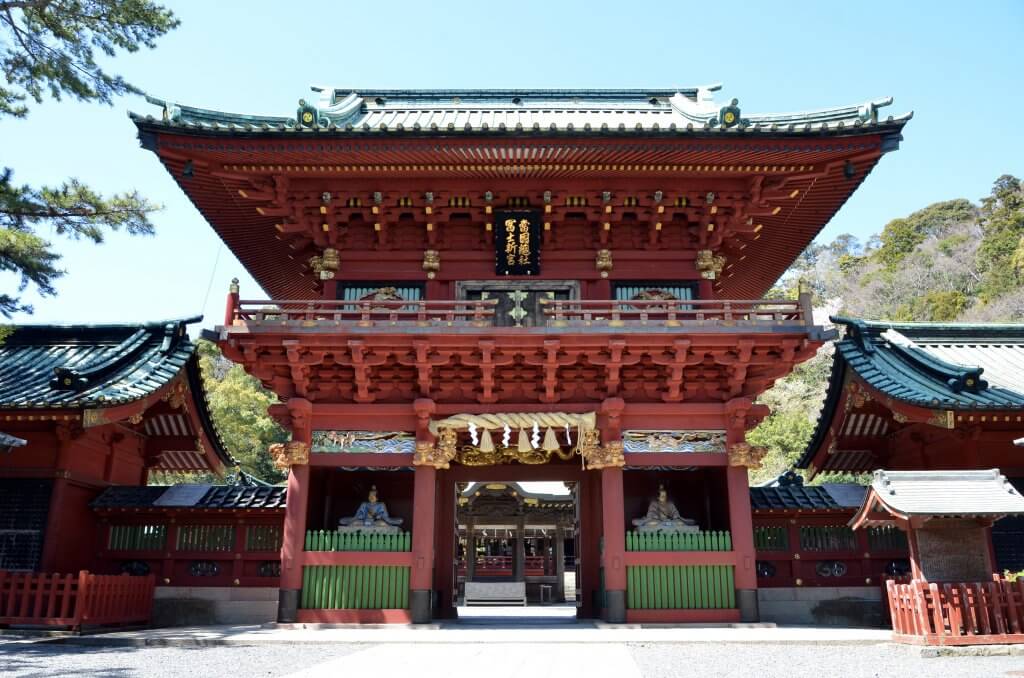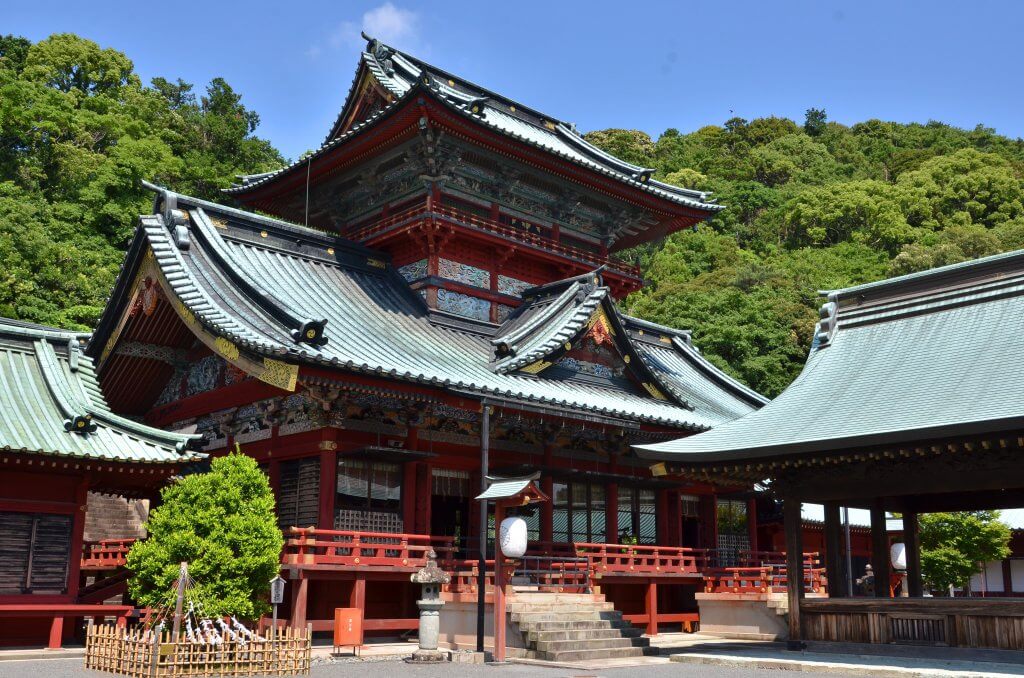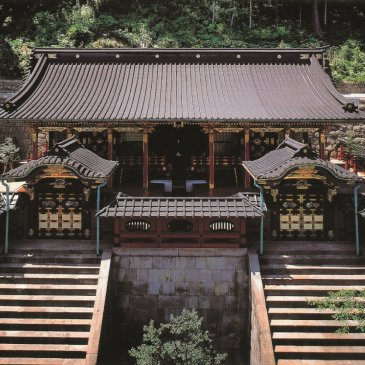The name, “Shizuoka Sengen Jinja Shrine,” is a collective name referring to three different shrines, the Kanbe Shrine, Asama Shrine, and Otoshimiya Shrine. Since their creation, all three of these shrines have been highly respected by the government and all samurai, and thus, they were awarded the position of the head shrine of Suruganokuni (former name of the current center portion of the Shizuoka prefecture).
A long time ago, Tokugawa Ieyasu, a descendant of the Imagawa Clan, held a Japanese coming-of-age ceremony at the Shizuoka Sengen Jinja Shrine. For the ceremony, Imagawa Yoshimoto acted as his temporary father. The Imagawa family respected the shrine as a tutelary deity of their communities.
In 1582, Ieyasu burned the shrine to the ground as a strategy in the battle against the Takeda Clan. However, Ieyasu promised to re-build the shrine’s buildings once the war was over, and in 1587, he kept that promise and re-built the shrine. Ever since that time, the shrine received great support from the Tokugawa Dynasty for generations following.



